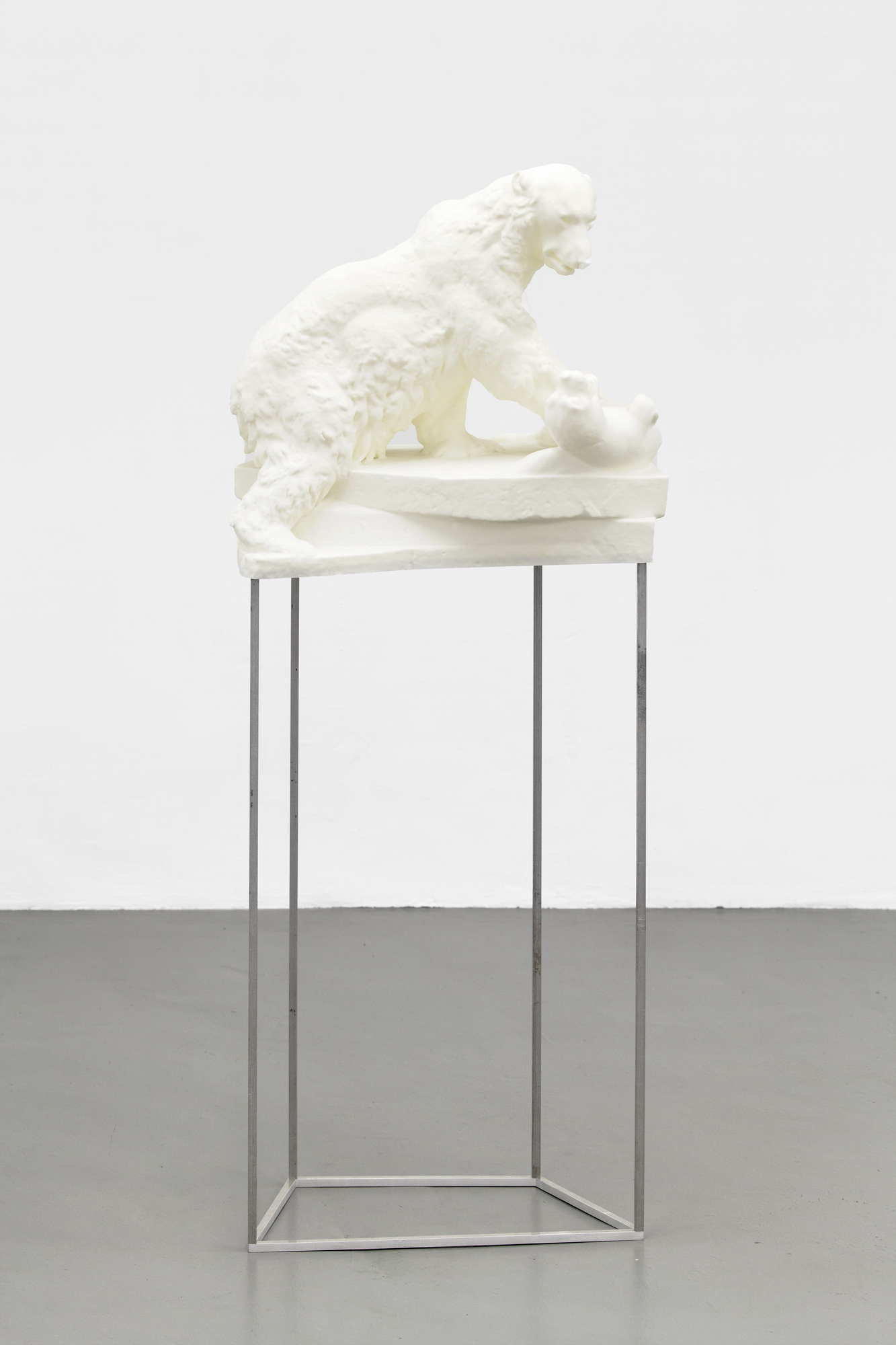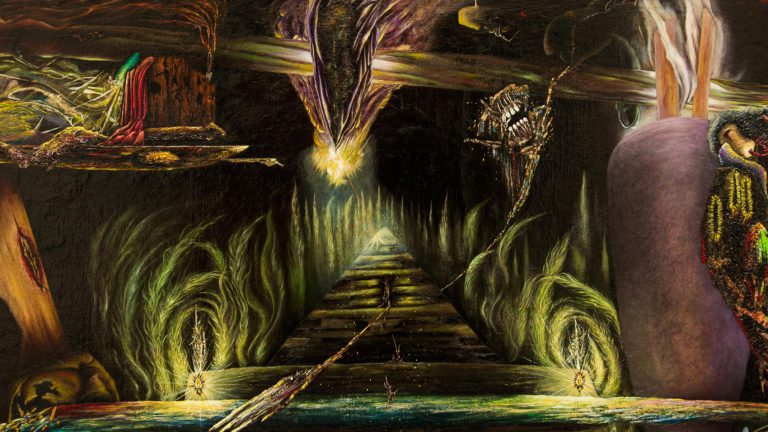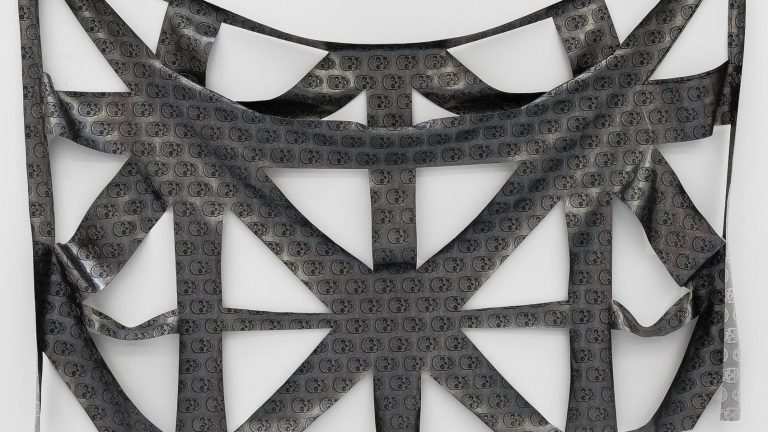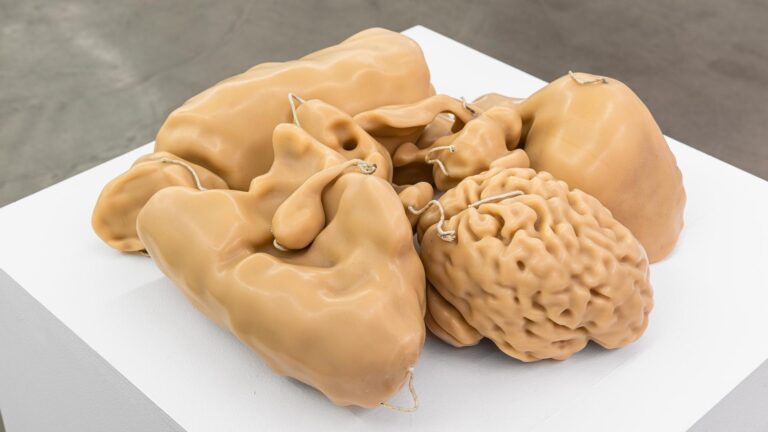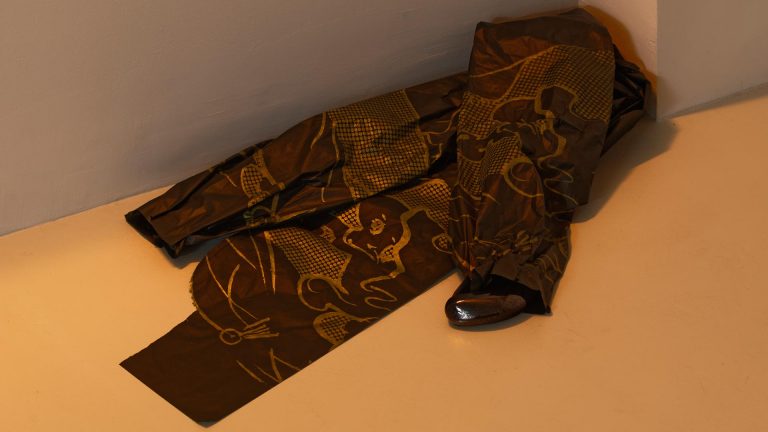Artists: Lisetta Carmi, Daniel Jacoby, Oliver Laric, Beatriz Olabarrieta, Amalia Pica
Exhibition title: All The Beast
Venue: Antoine Levi, Paris, France
Date: March 21 – May 5, 2018
Photography: Aurélien Mole, all images copyright and courtesy of the artists and Antoine Levi, Paris
What is the purpose behind thinking over the duality between human and bestiality? The return towards a more scientific approach – rather than literary – about the study of mankind and its world, reveals us today a new path. Beyond literature, sociology, anthropology or philosophy, the association between psychology and economy, previously established around the middle of the 70’s, has indeed released fruitful results; Nonetheless, this is certainly not a happenstance if behavioral economy has turned from heresy to dogma, leading to two Nobel prizes: Daniel Khaneman, the master and Richard Thaler, the apprentice. We can easily imagine the Nobels could have been three had Amos Trevski, the master of masters, not prematurely disappeared.
Then, we start talking again about psychometry, the new frontier of research that deeply interests the obscure universe of online marketing. For whom is on the other side of the screen, two clicks are enough to understand who is the user and how to provide him at best what he wants. Instead of a mysterious tangle built with rationality and astute feelings (sometimes far too elusive even for the the most advanced languages), the individual finds out that its essence is easily predictable, even without the assistance of the big datas, subjugated by the swift thinking (Kahneman); in other words the irrational thought is looming from its subconscious and its most basic necessities.
It is said that one of the main differences between human beings and animals (the beasts) is that the former, unlike the latter, is self-aware. The conventional psychology has named this specific form of consciousness « metacognition ». But what truly happens if self-awareness turns against oneself? How useful is it to know oneself? Resignation is one of the most dangerous effects. Would you show to a child who loves soccer studies that mathematically exclude the possibility he could ever become a good player? The meaning of the contemporary beast has changed. The abysses of the irrational, such as explored by the Marquis de Sade, exalted by Apollinaire and brought to the attention of economical science by Pierre Klossowski – who was the first to foresee in The Living Currency (1972) the link between psychology and economy – have been colonized by intellectuals, then exploited as resources by the industry of fantasy. Man is a victim of its own virtue, Sade was right. Self-awareness has de facto amplified the commercial importance of the beast in relation to humankind and happened to be more beneficial. We call this Post-consumerism.
Today’s bestiary is an extremely detailed map of our own attitudes. However, as Kahneman coherently admitted in the conclusion of his best selling book, Thinking Fast and Slow, the knowledge of one’s dispositions does not fundamentally prevent from falling into its own mistakes; but knowing them means to have alarm bells at our disposal, sometimes triggered occasionally, but that is not enough. Indeed – and here is the conclusion of the most humane economist of our times – we came into the world to make mistakes. Consequently, since we reached that point, making mistakes is obviously anthropologically useful. Error is a precious resource, so is the irrational side of being human we try to capture in this exhibition through the prism of bestiality. It is, as a whole and here gathered, personifications of certain facets of mankind, as well as its expression within its scalable environment.
Following in the footsteps of the travestities photographed by Lisetta Carmi (Genoa, 1924) in the early 60’s, thereafter collected in an essential book for European photography’s history (Travestiti, 1972). Or again, the example of the bronze shells by Amalia Pica (Neuquén, 1978) probably dealing with the carapace that anyone builds around to protect themselves or to seduce. The work of Oliver Laric (Inssbruck, 1981), represents the game between a bear and a seal, and the symbol could cross the boundaries of eroticism, which must also be kept in mind. Beatriz Olabarrieta (Bilbao, 1979), through a double sculpture, speaks about the psychological consistency of mankind and therefore about properties such as rigidity, transparency or fragility, whereas Daniel Jacoby (Lima, 1985) seems on the contrary to consider the existence of the being as a cosmic vibration: the nearness of death causes tremors in the body of an animal (the artist’s dog) but it is also about the cosmic life revealed in the passage from a state to another. More than a tragic event, we evoke here the superstrings’ theory and the multidimensional universe physicists use to explain the reasons why quantum mechanics and astrophysics eventually match – knowing that, in the end, Science is a product of mankind and is as such destined to succumb to the perfection of chaos; because the beasts, real or imaginary, are after all made out of the same fabric of man and what surrounds him.
– Stefano Pirovano, 2018
All The Beast, 2018, exhibition view, Antoine Levi, Paris
All The Beast, 2018, exhibition view, Antoine Levi, Paris
All The Beast, 2018, exhibition view, Antoine Levi, Paris
All The Beast, 2018, exhibition view, Antoine Levi, Paris
All The Beast, 2018, exhibition view, Antoine Levi, Paris
All The Beast, 2018, exhibition view, Antoine Levi, Paris
Amalia Pica, Souvenir 5, 2017, bronze, cm. 21 x 19 x 5.5
Beatriz Olabarrieta, Don’t you think she looks like you?, 2018, plasticine, wood, paint, cardboard, cutouts, cm. 74 x 25 x 23
Daniel Jacoby, Shivering Moro, 2014, digital movie file in loop, 4′
Lisetta Carmi, I travestiti, 1966 ca., vintage print on paper, cm. 18 x 24
Lisetta Carmi, I travestiti, 1968 ca., first print (2017) on Hahnemühle paper, cm. 40 x 30
Oliver Laric, Polar Bear and Seal, 2016, selective laser sintering, polyamide, cm. 47 x 52 x 35












